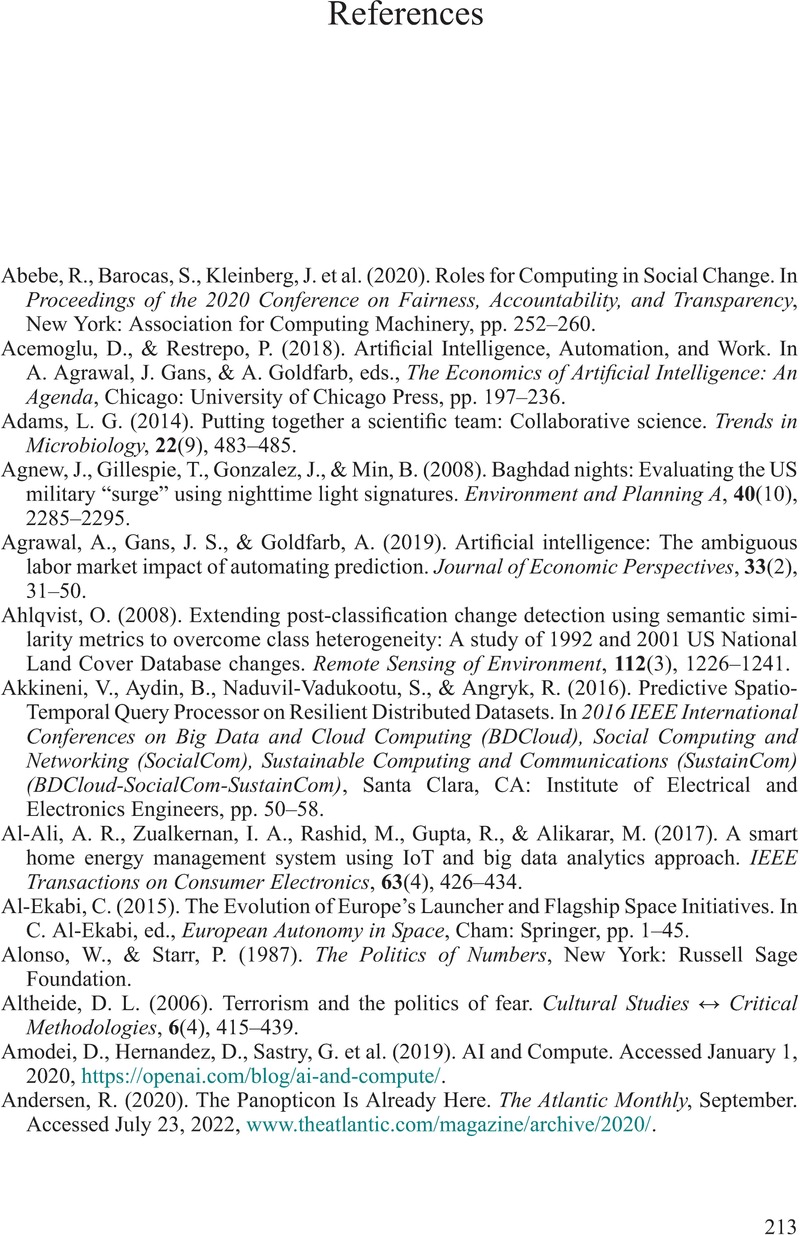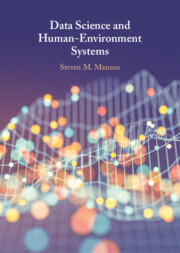Book contents
- Data Science and Human-Environment Systems
- Data Science and Human-Environment Systems
- Copyright page
- Contents
- Figures
- Tables
- Preface
- Acknowledgments
- 1 Data Science and Human-Environment Systems
- 2 Data Gaps and Potential
- 3 Big Methods, Big Messes, Big Solutions
- 4 Theory and the Perils of Black Box Science
- 5 Policy Dilemmas
- 6 Ways Forward for the Data Science of Human-Environment Systems
- References
- Index
- Plate Section (PDF Only)
- References
References
Published online by Cambridge University Press: 02 February 2023
- Data Science and Human-Environment Systems
- Data Science and Human-Environment Systems
- Copyright page
- Contents
- Figures
- Tables
- Preface
- Acknowledgments
- 1 Data Science and Human-Environment Systems
- 2 Data Gaps and Potential
- 3 Big Methods, Big Messes, Big Solutions
- 4 Theory and the Perils of Black Box Science
- 5 Policy Dilemmas
- 6 Ways Forward for the Data Science of Human-Environment Systems
- References
- Index
- Plate Section (PDF Only)
- References
Summary

- Type
- Chapter
- Information
- Data Science and Human-Environment Systems , pp. 213 - 251Publisher: Cambridge University PressPrint publication year: 2023



